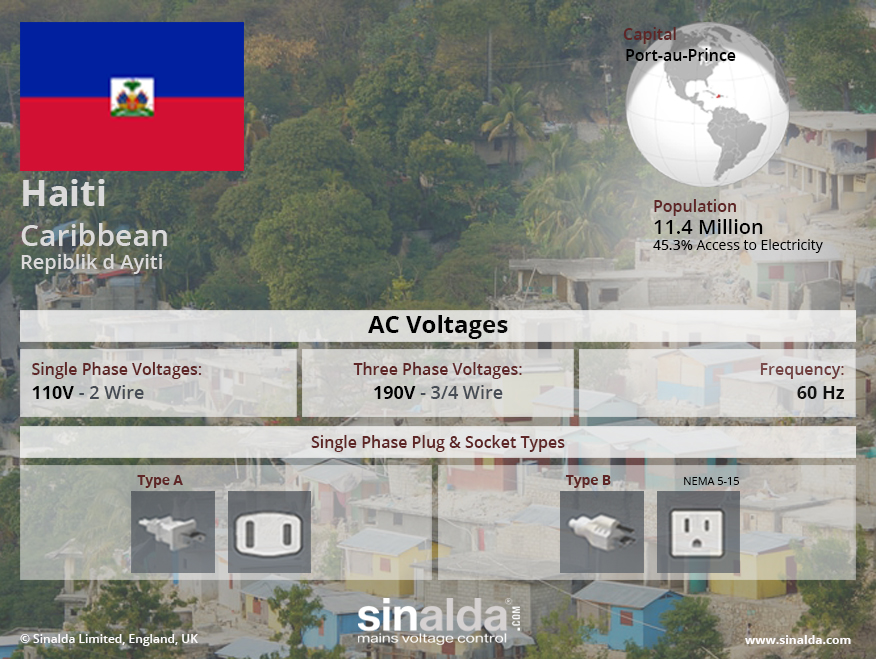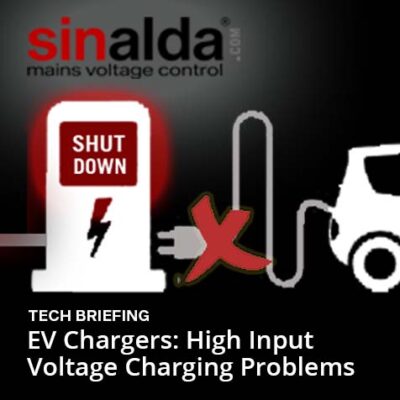Last Updated: 01 November 2021

Copyright 2021 Sinalda. Permission to use this image is granted subject to appropriate credit being given to www.sinalda.com as the source.
Power Quality in Haiti
Haiti, a country in the Caribbean, faces significant challenges in providing a reliable and sustainable electricity supply to its citizens. The electricity supply network in Haiti is underdeveloped, with less than 50% of the population having access to electricity, according to the International Energy Agency (IEA). Unfortunately, power outages and brownouts are accepted by many in the country as part of everyday living.
Power Sector in Haiti
The electricity supply in Haiti is primarily managed by the Electricité d’Haïti (EDH), a state-owned utility that is responsible for generating, transmitting, and distributing electricity across the country. However, EDH faces significant challenges in providing its customers a reliable and sustainable electricity supply.
One of the main challenges facing the electricity supply network in Haiti is its reliability. The country experiences frequent power outages and brownouts, which can last for hours or even days, due to various factors, including inadequate infrastructure, a lack of investment in the electricity sector, and electricity theft.
Additionally, Haiti heavily relies on imported fuel, such as diesel and heavy fuel oil, to generate electricity, which can lead to high electricity costs and limit the sustainability of the electricity supply network. The lack of investment in renewable energy sources has further contributed to the challenges facing the electricity supply network in Haiti.
Despite these challenges, there have been some positive developments in recent years. The Haitian government has introduced measures to increase private sector participation in the electricity sector, such as the introduction of a net metering program to encourage investment in small-scale renewable energy projects.
Furthermore, the Haitian government has worked with international organizations, such as the World Bank and the Inter-American Development Bank, to invest in upgrading and modernising the electricity infrastructure in the country. For example, the World Bank is funding the construction of a new power plant in the city of Cap-Haïtien, which is expected to improve the reliability of the electricity supply network in northern Haiti.
However, despite these efforts, the state of the electricity supply network in Haiti remains a significant challenge. The country needs significant investment in its electricity infrastructure to address the reliability and sustainability of the electricity supply network, and increase access to electricity for its citizens.
Conclusion
In conclusion, Haiti faces significant challenges in providing its citizens a reliable and sustainable electricity supply. While there have been some positive developments in recent years, more needs to be done to improve the state of the electricity supply network in the country. Investment in renewable energy sources, modernization of the electricity infrastructure, and increased private sector participation in the electricity sector could all help to address the challenges facing the electricity supply network in Haiti.
Share your Views and Experiences
Every reasonable effort is made to ensure that the information provided above is accurate. No guarantees for the accuracy of the information is made.
So we are able to keep the content updated, and actual on the ground experiences can be shared with others, please feel free to contact us.







